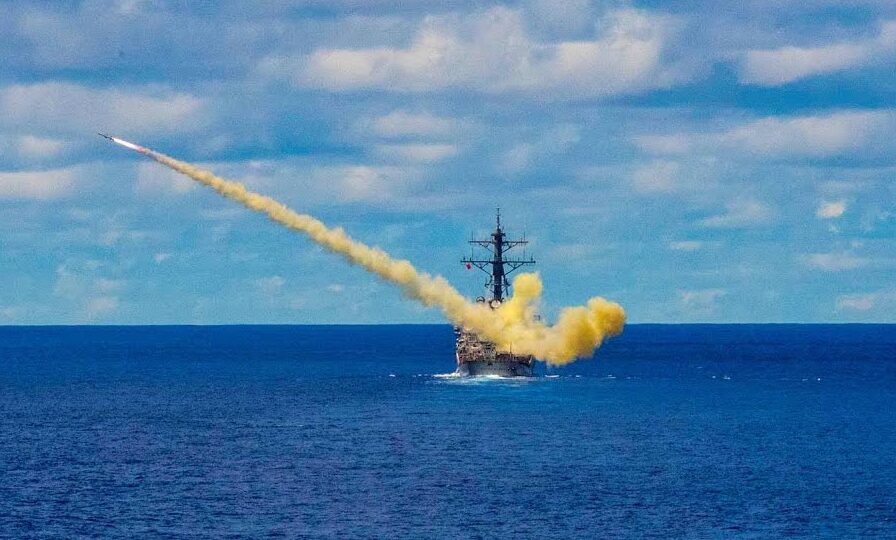WASHINGTON, Aug 2 (Reuters) – In a bid to strengthen its military presence in the Indo-Pacific region and counter China’s growing influence, the United States is planning a significant upgrade to its missile and rocket systems. U.S. officials are exploring the use of advanced chemical compounds to enhance the range and lethality of front-line munitions, allowing American forces to operate farther away from Chinese territory.
According to credible sources, the Pentagon and Congress are discreetly working on a retrofit project aimed at extending the range of existing weapons by up to 20%. This endeavour involves adopting more potent propellants and lighter warheads, as divulged by two congressional aides and two U.S. officials speaking on the condition of anonymity to Reuters.
A noteworthy step in this direction was taken last week, as the Senate revealed its plans to allocate a minimum of $13 million to research, expand, and manufacture cutting-edge chemical compounds, commonly known as “energetics.” These compounds are intended for propelling missiles or substituting the explosive material in warheads.
While the initial funding may seem modest compared to the overall $886 billion defence bill progressing through Congress, it signals the commencement of a transformative process that could lead to substantial investment in munitions development.
The objective of this ambitious initiative is to bolster U.S. military capabilities in the Pacific region, where the vast expanse and formidable naval presence of China pose significant challenges. Both the Democratic-controlled Senate and the Republican-led House of Representatives are supporting this bipartisan effort to deter Chinese aggression.
Representative Mike Gallagher emphasised the urgency of modernising U.S. energetics technology, stating, “The distance in the Indo-Pacific and the sheer size of China’s Navy means the U.S. needs more ship-killing missiles that can reach distant targets.” He further warned that the current reliance on outdated 1940s-era energetics has hindered progress and that adopting advanced technologies, such as CL-20, is crucial to maintaining an edge over potential adversaries.
The escalating tensions between the U.S. and China in the Pacific region have necessitated swift action in upgrading military capabilities. The pursuit of enhanced missile range and potency is seen as a strategic move to ensure the safety of American service members while deterring China’s military ambitions in response to perceived threats from the U.S.
As negotiations continue between the Senate and House of Representatives to finalize funding levels for this critical project, the world watches closely to see how this major military development unfolds in the ongoing geopolitical landscape.
Source:Reuters

